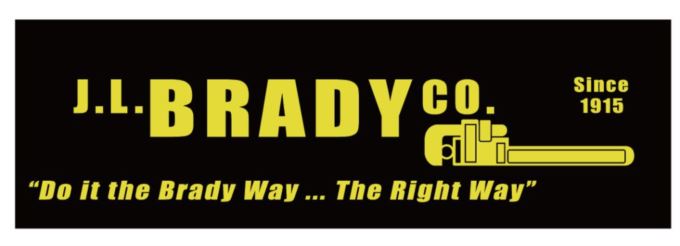
A furnace is almost always a background player for your home, helping keep you warm across the cold winter months. It regularly doesn’t get noticed until something goes wrong.
One root cause could be that your furnace has a cracked heat exchanger. It can potentially be hazardous, so it’s worthwhile to learn the signs of a cracked heat exchanger and what you can do if you believe that may be the problem.
What Is a Heat Exchanger in a Furnace?
A heat exchanger transfers heat from the combustion chamber inside your furnace to the air that moves inside the ventilation. It typically handles this using coils or tubes that heat up the air while functioning as a barrier to keep byproducts created in the combustion chamber, called flue gasses, from escaping out into your home.
Is a Cracked Heat Exchanger Dangerous?
Because of its key role, it’s no surprise that a broken heat exchanger can be hazardous. A damaged heat exchanger can permit dangerous gasses – including carbon monoxide, which can be lethal – to flow throughout your home.
For this reason, do NOT run your heater if you suspect it has a cracked heat exchanger, as doing so could make the whole household ill. Call an HVAC professional right away if you believe your heater has a cracked heat exchanger that needs to be repaired.
Four Symptoms of a Cracked Heat Exchanger:
- Furnace switches off: Cracks in the heat exchanger may cause your furnace to shut off.
- Unusual Smells: If the air leaving your furnace has a strong chemical scent, it may be an indicator that gasses are slipping through cracks in your heat exchanger. These byproducts, which can smell like formaldehyde, are a major warning sign.
- Carbon monoxide alarm goes off or you recognize health problems: If a cracked heat exchanger is emitting carbon monoxide in your home, your carbon monoxide alarm should go off or household members may start experiencing signs of carbon monoxide poisoning. Complications include headaches, dizziness, weakness, nausea, vomiting or feeling drowsy. If your alarm goes off or you feel unwell, exit the home immediately and then call for help.
- Soot: If you notice black sooty buildup on the exterior of your furnace, it’s more evidence something might be seriously wrong.
What You Can Do if Your Furnace Heat Exchanger is Cracked
If you suspect your furnace has a cracked heat exchanger, call a pro well versed in furnace installation Moline as soon as possible so they can examine your system and, if needed, perform a furnace heat exchanger replacement. Costs will differ depending on the situation, but estimates run in the neighborhood of $1,000 to $3,000.
Fortunately, the good news is that heat exchangers are generally covered by the warranty. You’ll want to review the warranty paperwork on your furnace, because while the warranty won't always cover the entire cost of repairs, it can significantly shrink your bill.
How to Avoid a Cracked Heat Exchanger in Your Home
One of the easiest ways to prevent a problem in your furnace overall is through regular furnace maintenance. Furnaces work the best when they run efficiently. Calling a skilled professional to check your furnace for old parts, clogs in the air filters and other likely problems can keep you from getting a big bill later on.
It’s also beneficial to take a look at your furnace filters every few months – it’s ideal some filters be changed every 90 days or sooner if they are dirty or grimy. While the filters aren't connected to the heat exchanger itself, the strain of drawing air through a clogged filter makes the entire furnace work more vigorously to do its job. And the harder your furnace has to work, the more strain pieces like the heat exchanger will sustain.




